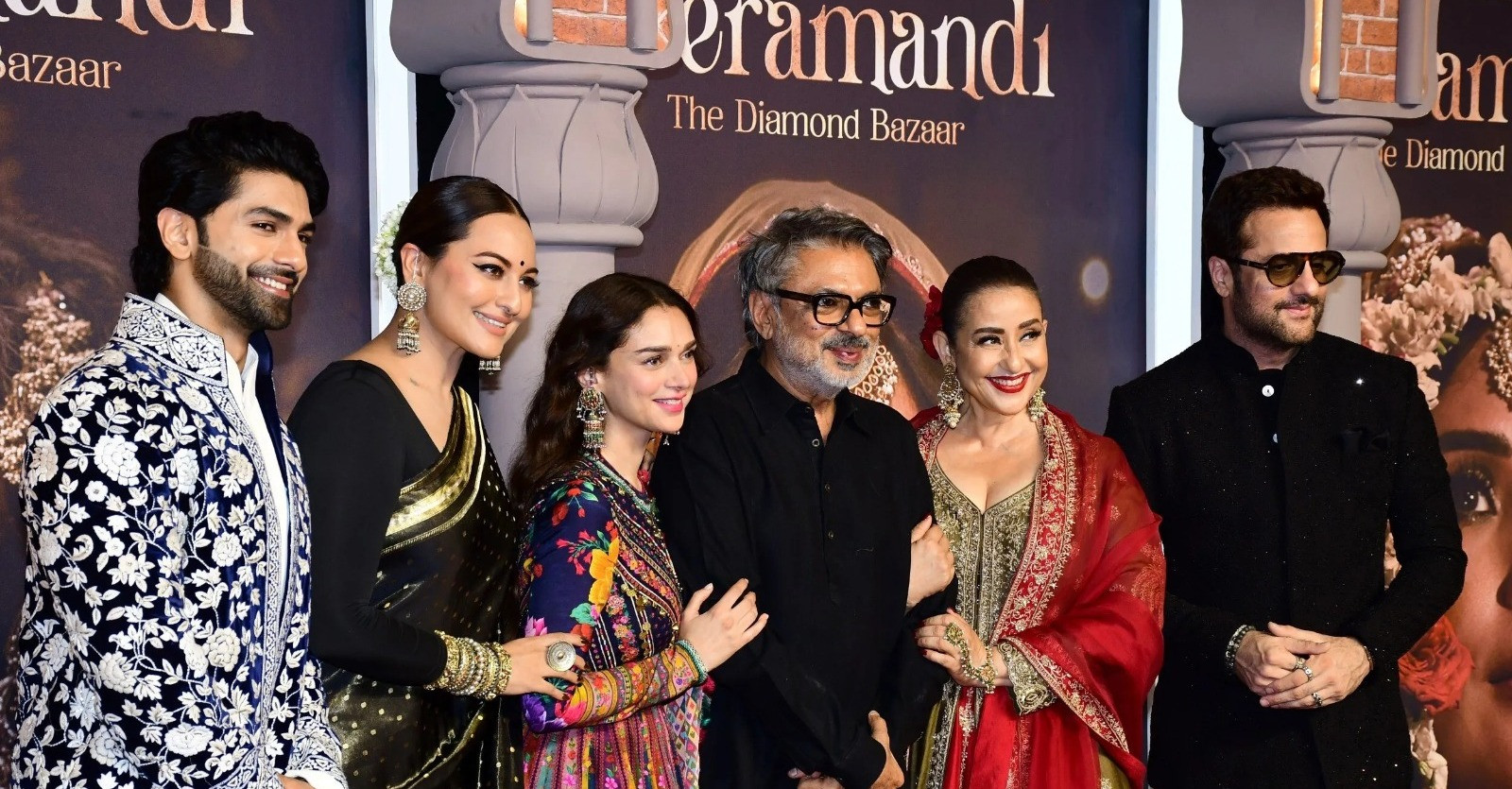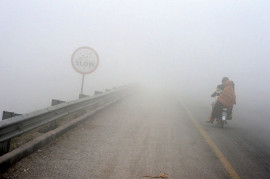
If anyone in Bollywood is the very antonym of ‘shy and retiring wallflower’, it would be Indian film mogul Sanjay Leela Bhansali. If his epic productions are anything to go by, the man defines ‘larger than life’ and lets his imagination run wild. Even those who have managed to keep away from Heeramandi: The Diamond Bazaar will know that this is a series with a soaring budget unafraid to make a point.
The point, in the case of Heeramandi, is that Bhansali has little interest in so-called ordinary women. Instead, he veers towards depicting the lives of those other women shunned and maligned by society: the courtesans. “I feel they are women who have a lot of enigma, a lot of mystery,” mused the director in a recent interview with Indian media. “The courtesan, or the tawaif, or the prostitute - they are different. They always exude a certain kind of power which I find fascinating.”
The power of courtesans in art
Heermandi, of course, is not the only production where Bhansali has focused heavily on courtesans. From Rani Mukerji in Saawariya to Madhuri Dixit in Devdas and Alia Bhatt in Gangubai Kathiawadi, Bhansali’s fascination with this otherwise overlooked class of women has been evident throughout the years.
Delving into just what is so fascinating about these enigmatic, mysterious women, Bhansali elaborated, “Where they sing, they dance. Where they express themselves; their joy and their grief in music and dance. They understand the art of living, the importance of architecture, the use of fabric, and the kind of jewellery they wear. They are connoisseurs of art."
Just in case anyone was left in any doubt about what type of woman the filmmaker wants to depict in his work, he added dismissively, “Those four middle-class housewives waiting in line for their groceries? They don’t interest me. I’m an artist. I have to create something that is enigmatic.”
Evolution of Bollywood over the years
Committed as he is to creating an enigmatic, epic piece of work whenever he embarks on a project, Bhansali spoke about how techniques in both filmmaking and acting have evolved over the years. It has been nearly 22 years since Bhansali’s other epic, Devdas, starring Shah Rukh Khan, Madhuri Dixit Nene and Aishwarya Rai Bachchan, was released. According to Bhansali, whilst the commitment to crafting a compelling performance remains the same, the combined approach to acting, directing, and writing scripts has taken a turn in another direction.
“I think the cinema has changed, and the techniques have changed,” remarked Bhansali. “Now a director looks at cinema differently. The scriptwriters are writing differently and sketching varied and unusual roles.” Lauding the evolution of Indian cinema, Bhansali added, “Today, great films are being made and wonderful work is being done.”
Although the in-your-face majesty of the sets and costumes in Heeramandi may beg to differ, Bhansali pointed out that viewers’ tastes veer towards the understated, at least compared to twenty years ago. The march of time has dictated that actors today need to deliver a more subtle performance than, say, the grandeur radiating from Devdas.
“The sur (tone) and the note at which Devdas was being performed - it was high pitch and operatic. It was difficult to perform,” noted Bhansali. “In those days, directors demanded actors to be that way but today, they ask actors to underplay and be subtle, which is also nice.”
In other words, Bollywood is no longer what it was in the nineties and early 2000s. “What Shah Rukh Khan, Aishwarya Rai, Madhuri Dixit, and Kirron Kher did in Devdas are notes and sur that today’s actors may not be able to deliver, because they were a little unreal and demanded a deeper understanding of the acting techniques, which Shah Rukh handled with brilliance,” Bhansali explained.
An overwhelming love for actors
The actors Bhansali has teamed up with may have changed over the years, but the one thing that has remained constant is his admiration for the talent he has collaborated with for each of his projects. Praising the high calibre of acting he has encountered over his career, Bhansali spoke freely about how each artist he had worked with had woven their own individuality into the characters he had created for them.
“I have learned a lot from my actors in these 30 years,” Bhansali confessed warmly. Ticking off his top favourite actors one by one, Bhansali added, “There were different kinds of actors. Seema Biwas is spectacular as an actor and so are Sharmin Segal, Aditi Rao Hydari, Richa Chadha and Manisha Koirala. There’s a whole spectrum of artists that I have met and they’re all very special.”
Moved by the strength and range of their performances, Bhansali felt compelled to add, “They’re all very different personalities. I’ve brought into all of them a part of me and I have taken a part of them in my characters. They love me and I love them a little more than they do.”
As long as Bhansali’s love for the magic of storytelling continues, so will his ability to extract the best out of the sea of artists available at the click of his fingers. And as long as both he and his beloved artists work in tandem, one thing is for sure: no viewer will ever complain of being bored by their combined effort.
Have something to add to the story? Share it in the comments below.























COMMENTS
Comments are moderated and generally will be posted if they are on-topic and not abusive.
For more information, please see our Comments FAQ